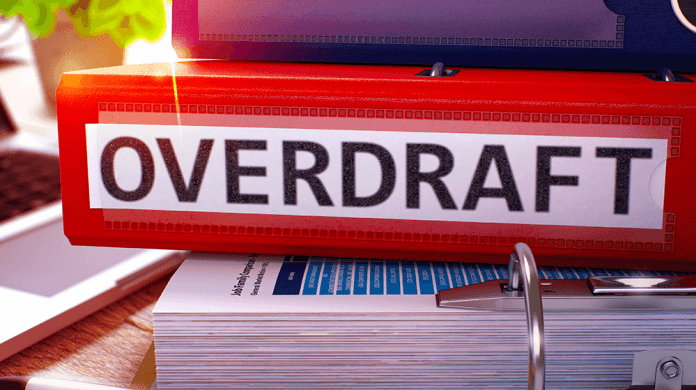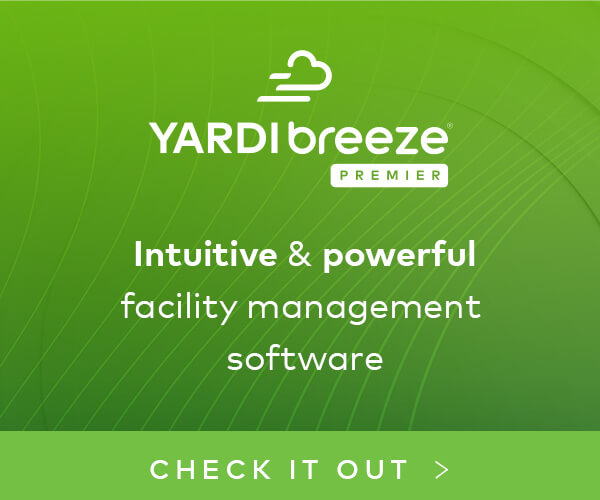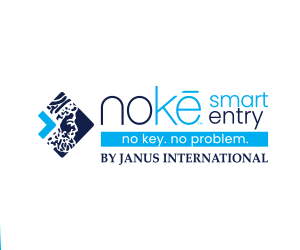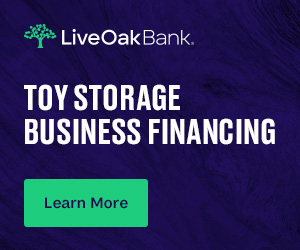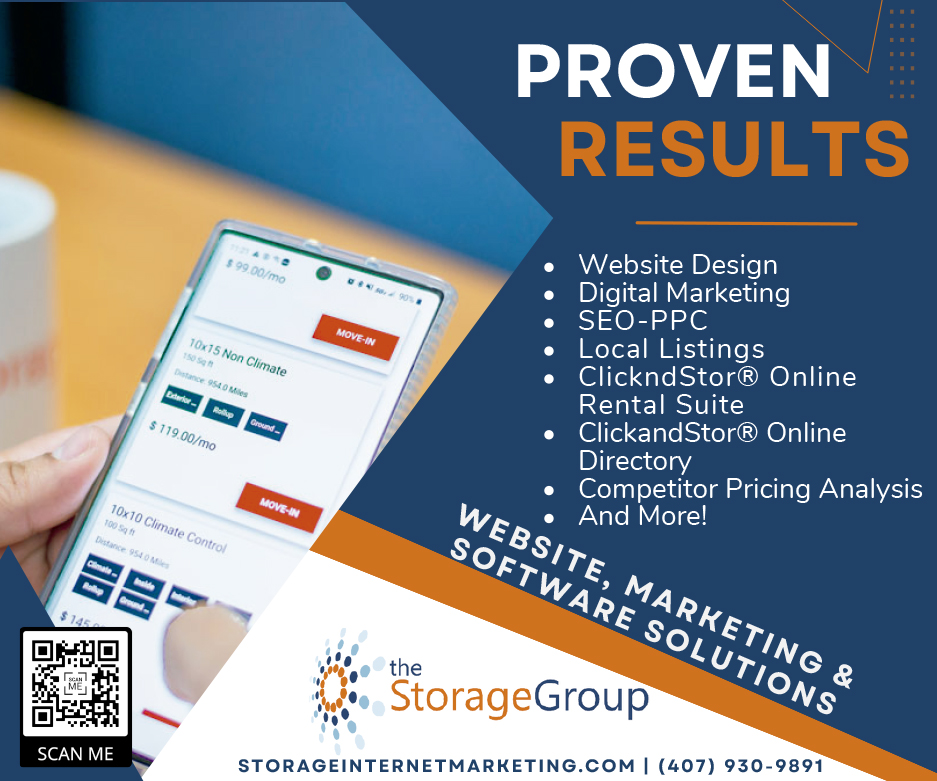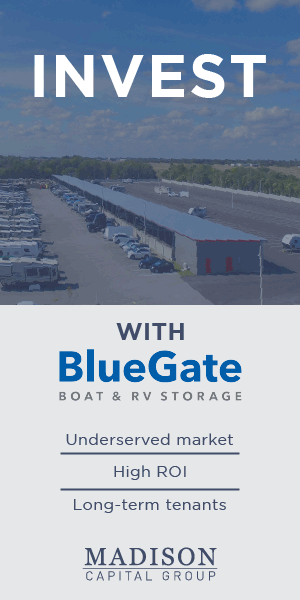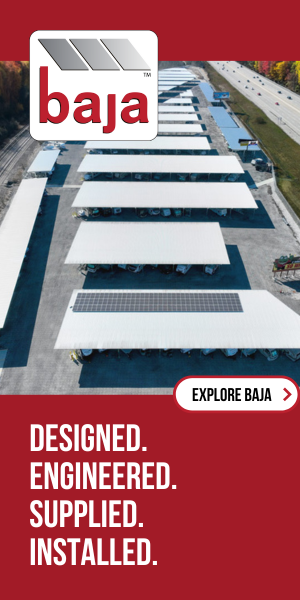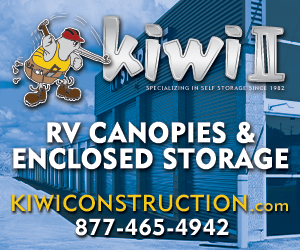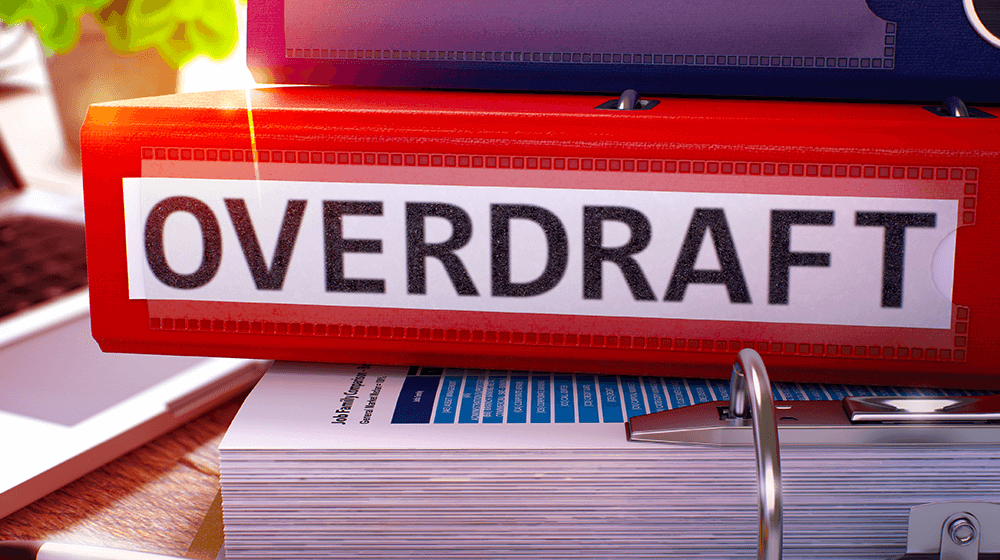
Small businesses can access a wide range of tools that help them manage their finances. Personal loans, small business loans, lines of credit, merchant cash advances, invoice factoring, and so on are great tools when used right. Compared to these tools, business overdraft facilities seem quaint.
However, there’s much to be said for a simple overdraft. They’re easy to obtain and help your business tide over short-term cash flow issues. Despite them being easy to obtain, they’re tough to manage since overdrawing your account can become a costly habit.
Small Business Overdraft Tips
Here are 4 things to keep in mind about small business overdraft facilities.
Plan Ahead of Time
When used correctly, an overdraft facility will help you immensely. The key to using overdrafts correctly is projecting cash flow ahead of time and projecting cash flow shortfalls. For instance, is your business subject to seasonal cash flow shortfalls? You can use an overdraft to help you pay salaries and other costs of running your business.
It’s also a good idea to keep an overdraft as a backup option for tough times. Stress test your cash flow projections to check whether you might need to dip into the overdraft facility. Remember that overdrafts come with interest.
Formal overdrafts are negotiated with the bank in advance and have lower interest rates than informal ones. An informal overdraft occurs when you overdraw your account. The unplanned nature of the latter attracts higher interest rates. Account for these costs before deciding to draw excess cash from the facility.
It’s also a good idea to be proactive about your overdraft facility. If you find that the limit is too low after stress testing your finances, apply to extend it. You don’t want to run out of cash when times are tough.
Use Overdrafts to Close Great Deals
Small businesses need all the edge they can get in the market. Every once in a while, a great opportunity comes by but businesses aren’t in the right cash position to take advantage. An overdraft can help in such situations immensely.
For instance, if one of your suppliers is offering a great discount on a large amount of inventory, you should buy as much as possible. However, cash limits your ability to purchase. In this situation, if the additional profit you earn from buying goods cheaply overrides the interest you’ll pay on the overdraft facility, then using the overdraft is a sound business decision.
Some small business owners stay away from overdrafts due to the high interest rates. However, they can come in handy and help you take advantage of great deals. Remember to take all overdraft fees into account. Aside from interest, you’ll also pay a one-time facility setup fee, referral fees, and potential surcharge interest should you exceed your overdraft limit.
Overdrafts are also useful when your customers take longer than expected to pay you back. In businesses where credit cycles are standard, overdrafts offer as much value as invoice factoring and early payment discounts. Make sure you tell your customers to pay you via electronic channels instead of paper checks.
Electronic methods deliver cash faster into your account, and you’ll always have up-to-date financial information.
Use it Only for Short-Term Goals
Some business owners become enamored with their overdraft facilities. The result is they use their overdraft for all kinds of financing. This is a very bad move since the higher interest rates add up over time and erode any advantages that the flexibility of an overdraft brings.
Overdrafts are best used to tide over short-term cash flow holes. Even more importantly, you must know with full certainty that your cash flow hole will be filled quickly. For instance, if you’re looking to pay down existing debt using an overdraft, this is a poor choice.
Overdrafts are better suited to help you overcome short-term cash flow holes such as seasonal dips in revenue or late payments from a customer. In both cases, you can rest assured that cash flow will pick back up. In these cases, the higher interest rates make a minimal dent in your business expenses. This won’t be the case over the long term.
Look Online
These days, digital-only banks offer a range of services to their clients at better rates than traditional banks. It’s no different with overdraft facilities. Make sure you shop around if you’re planning on using an overdraft facility.
While the interest rates on an overdraft should not be the primary point of evaluation for an account, you must pay attention to it. Lower fees and easier approval processes might give your business an edge when cash runs low.
A Lesser Used Options
Overdrafts don’t attract much attention or use when speaking of small business funding options. However, they’re a great choice when used correctly. In the short term, they give your business an edge and boost profits. Make sure you use them to overcome short-term cash flow issues and not long-term business problems.
Image: Depositphotos









